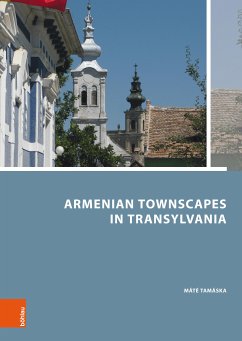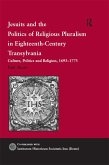The Transylvanian Armenian population played a decisive role in the architecture of Transylvania, and this represents a fascinating feature in the history of Armenians in the world. The analyses compare the architecture of the colonies on four levels. The settlement's position in the network constitutes the first level. The second level comprises the structure, the building plots and street systems of the settlements. The third level consists of the analysis of the buildings. Finally, the last chapter presents the architectural-sociological interpretation of the townscapes at the turn of the twentieth century.
Dieser Download kann aus rechtlichen Gründen nur mit Rechnungsadresse in A, B, BG, CY, CZ, D, DK, EW, E, FIN, F, GR, H, IRL, I, LT, L, LR, M, NL, PL, P, R, S, SLO, SK ausgeliefert werden.









